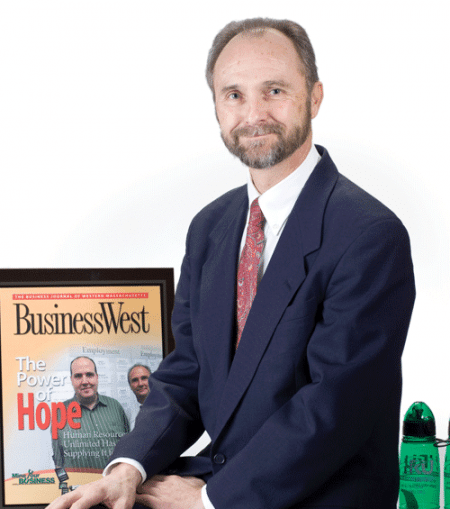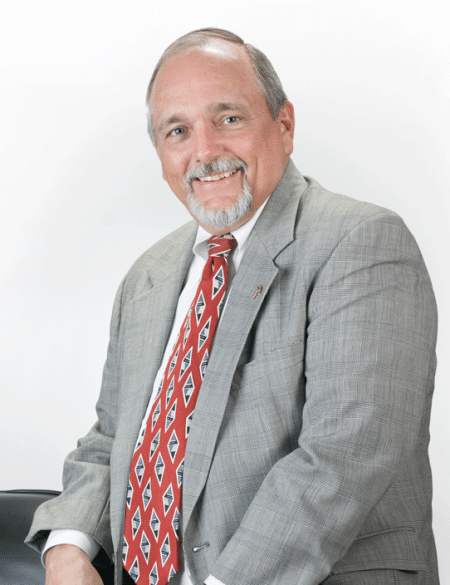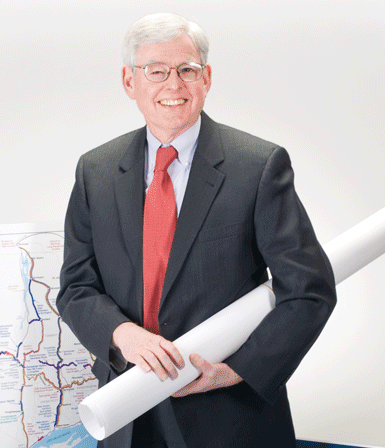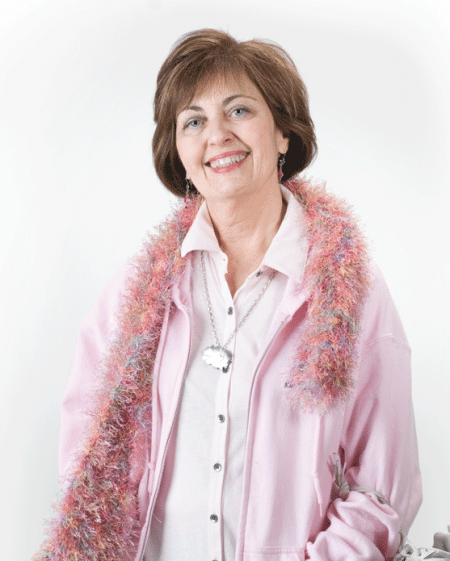President, Human Resources Unlimited

Don Kozera
Don Kozera says he applies a number of lessons from his time in teaching to his day-to-day work as president of Human Resources Unlimited (HRU).
And one of the most important dates back to his first full day at Green Mountain Union High School in Chester, Vt., and what happened after.
“The administration thought it would be an excellent idea to have the students choose their homeroom teacher,” he recalled for BusinessWest in a voice conveying no small dose of cynicism, “because if they choose their homeroom teacher they’ll be more bonded to that individual, and the teacher will become their advisor … that was the theory, anyway.
“I was a young guy right out of school, 22 years old. I coached soccer, and some of the kids thought I was a cool guy who could relate to people,” he continued. “Anyway, I had no idea what I was doing, really, but I had 300 names on my door when I arrived that first day. And then, there was this extremely experienced, but tough, science teacher across the hall from me, and she had two.”
The moral to this story? “The concept was a great one, but the execution of it just created all kinds of problems,” he explained. “That woman … she hated me for the rest of my time there, and she made my life a living hell.
“Often in management, there is great intent on the part of people like those administrators at Green Mountain Union,” he went on. “But when you put it into action, the unintended consequences of that decision were worse than having left things the way they were. By choosing their homeroom teacher, the students did bond better with the teacher — that part was true, but what they failed to realize was that they destroyed the collaboration between teachers, the sharing of information; everybody then became an island.
“That piece is something I carry with me all the time,” he continued, “and the way you apply it is that you don’t think you know the answer, and you don’t do things in isolation.”
Kozera has let that experience and many others help guide him as he’s steered HRU to continued growth and success as an organization devoted to helping mentally and physically disabled individuals find work — and, in the process, gain confidence, self-esteem, and all the other rewards that come with meaningful employment, and become productive members of society.
Since arriving in 1980 as fiscal director of what was known then as the Carval Workshop, Kozera has led the agency, which currently operates on an annual budget of $7.5 million and assists more than 1,500 people a year, on a course of expansion and evolution to where it now includes a number of working parts, including:
• A component known as Workforce Alternatives, which helps transition individuals from public assistance to the workplace through job-readiness skills, placement assistance, and ongoing support;
• Pyramid, a ‘day habilitation’ program that provides a caring environment in which individuals with developmental disabilities can enhance their physical, mental, and social competencies;
• ETS (Employment Training Support) Career Services, which provides individuals who are disabled or have developmental or other disabilities with opportunities to increase their vocational skills and find meaningful work that ranges from light assembly to sorting greeting cards bound for the Final Markdown;
• Custom Packaging, HRU’s commercial division that provides a wide range of customers with services that include light assembly, heat-sealing, shrink-wrapping, folding, collating, and mailing; and
• Four clubhouses — Lighthouse, Star Light, Forum House, and Trade Winds — that help transition members, who join on a volunteer basis, to meaningful employment.
For these efforts, as well as his recent and ongoing efforts to successfully combat what he called “mission drift,” Kozera has been named one of BusinessWest’s Difference Makers for 2011. More specifically, Kozera is being recognized for his work in leading the organization through times of change and extreme challenge.
This leadership comes in a number of forms — from successfully managing day-to-day operations to conducting long-term strategic planning, to maintaining the critical balance that is part and parcel to both of those assignments. And, overall, and to borrow Kozera’s own words, “making sure that the guiding principles of the organization are not simply words on a wall.”
When asked for his job description and the approach that he takes to everything on that list, Kozera thought for a minute and said that, at the end of the day, it is essentially to set goals for the agency and give his staff the tools and the direction to meet them.
And these goals must be realistic, he continued.
“That’s because, when people are constantly working on unrealistic goals, they become deflated, and then it becomes OK never to achieve — they just work hard, but they don’t achieve,” he explained. “You must have action phases that are really defined, timelines that are really defined, and goals that are aggressive but ultimately achievable.
“My job is to really define reality and to make sure everyone knows what that reality is and to pull people toward that vision and ensure that we stay in balance,” he continued. “Staying in balance is how you manage change.”
Kozera said that, whenever he’s looking or acting like the bureaucracy or regulatory aspects of his work are dragging him down, they’ll find some way to get him out to one of HRU’s various programs.
“They’ll call one of the managers to invite me to the program for some purpose,” he explained, “and then I’m fine. That’s when I’m reminded of exactly what I’m doing; by far the most rewarding thing for me is seeing the outcome of those programs.”
Which brings him back to that mission drift he mentioned and the need to be vigilant about allowing it to happen.
“Especially in bad times, it’s easy to get mission drift and essentially chase money, and we have not done that,” he explained. “Sometimes you’ll see agencies like ours, specializing in employment services, see a residential contract come out and say, ‘let’s do some residential work.’ Is that really their expertise? And is there a need for that? Often, they’re just trying to make their organization survive.
“We’ve remained very true to our mission, even in the tough times, and there have been none tougher than what we’re seeing now,” he continued. “We have a niche mission — our major focus is employment services; they are the tool to empowerment for us. In these times, everyone’s grabbing, and it’s not just on human services — you’re seeing painters looking at paving; people are just trying to stay in the game. We’re very conscious of mission drift and are committed to not letting that happen.”
As he goes about meeting that overriding goal, Kozera will keep in mind the lessons he’s learned over the past 30 years, and some that go back further, to those lists of names on the teachers’ doors at Green Mountain Union High School.
In short, he won’t just think he knows the answer, and won’t do anything in isolation.
— George O’Brien









